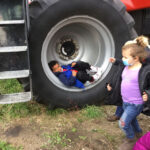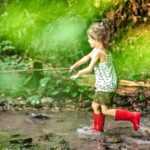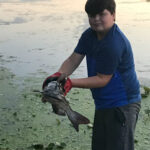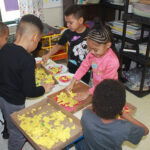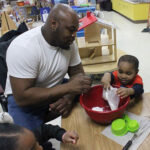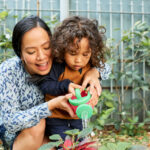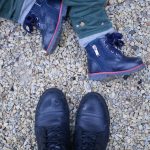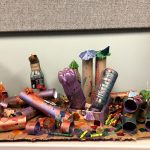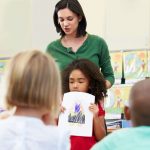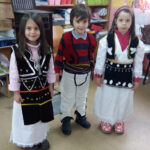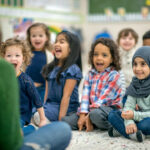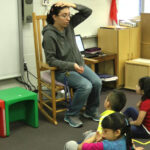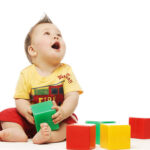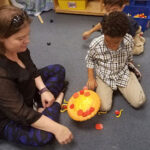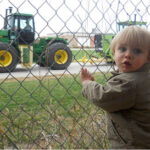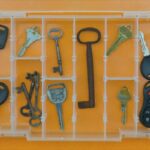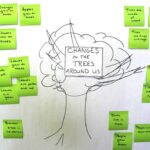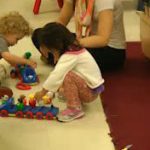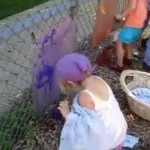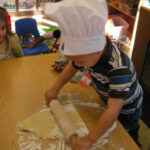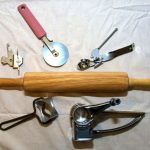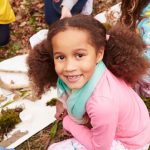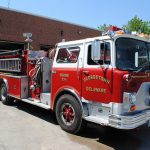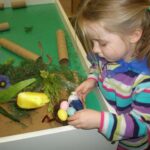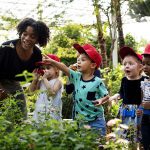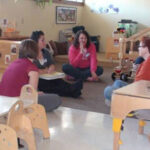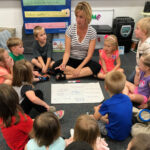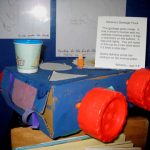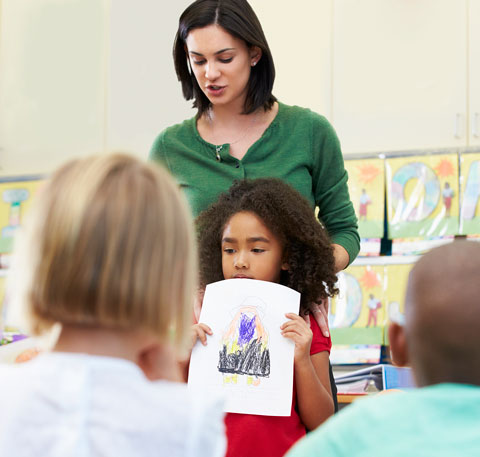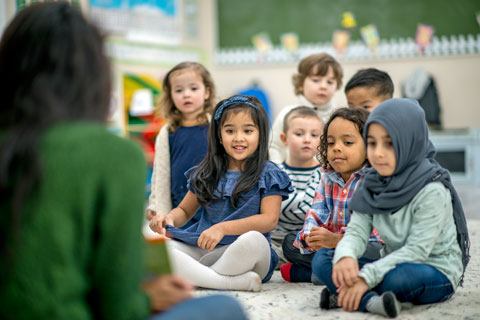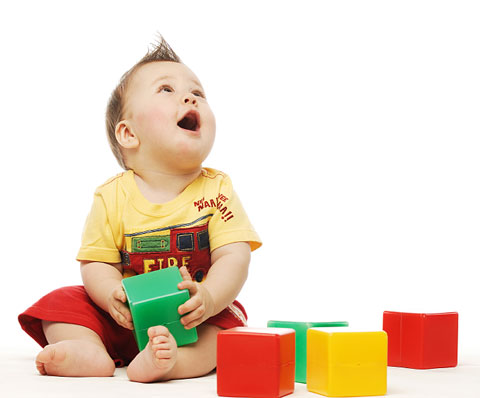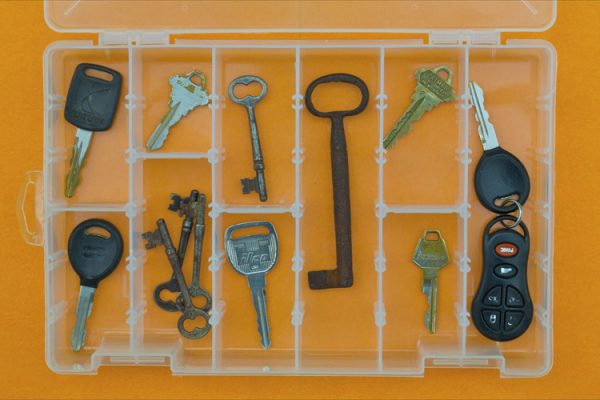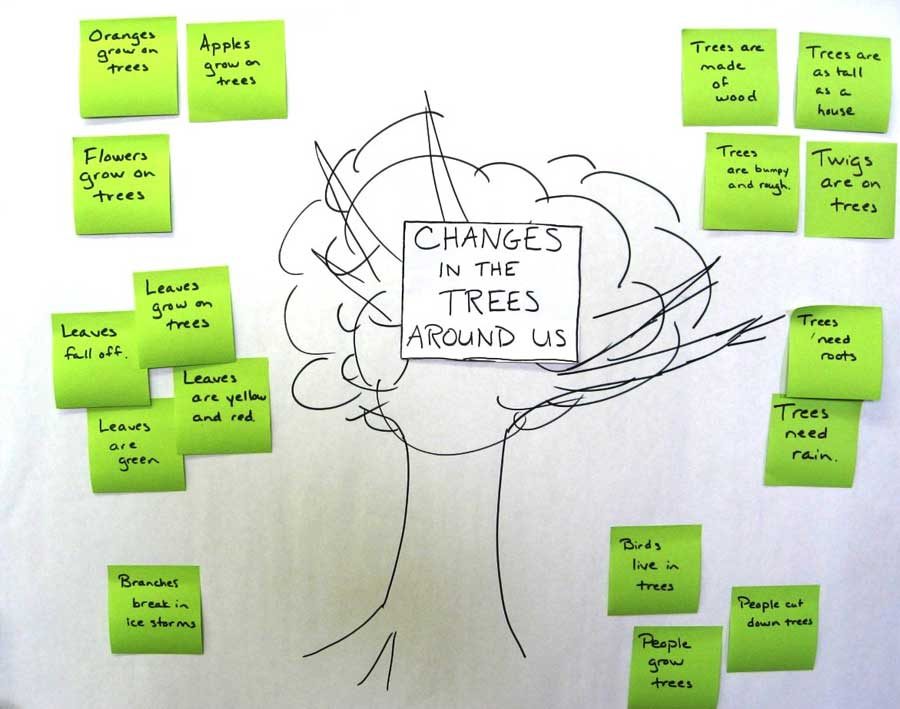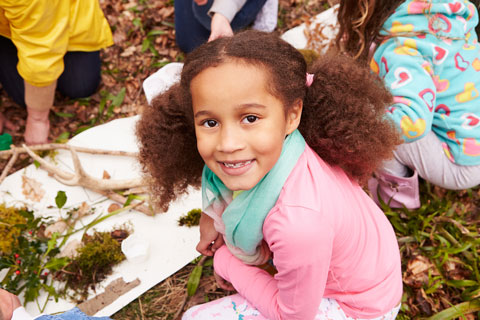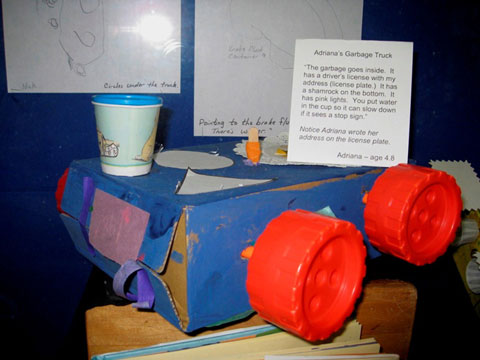Keyword: Curriculum
-
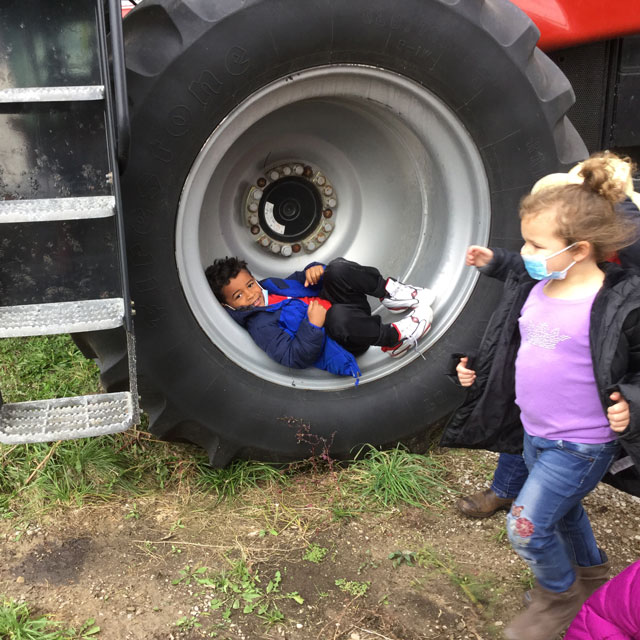
Farm Implements: Learning About Tractors and Combines
This project example describes a preschool program’s exploration of farm implements.
-
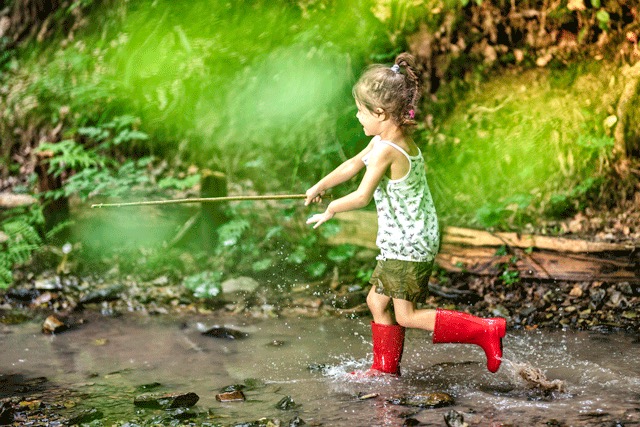
The Project Approach: Resources for Teachers
Find Project Approach resources.
-

Curriculum Modifications
Curriculum modifications are simple but powerful tools that can help make a learning environment more accessible to all students.
-

National Organizations
The following national organizations and agencies provide information and resources related to early learning.
-
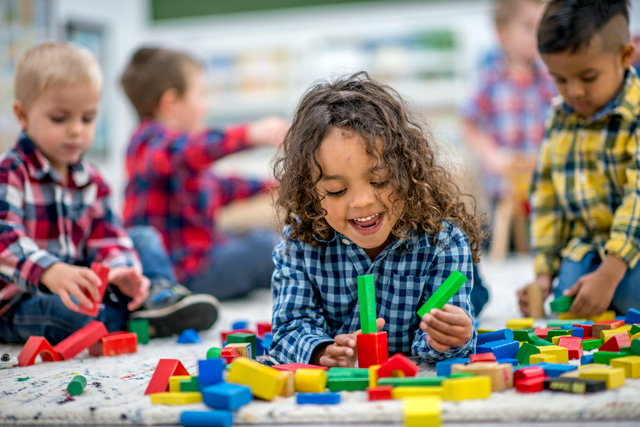
Developmentally Appropriate Practice 101
Developmentally appropriate practice (DAP) was developed in the 1980s to give early childhood educators a framework of high-quality and appropriate teaching practices for young children. DAP are learning experiences that promote the development (social, emotional, physical, health, cognitive) and general learning of each child served. NAEYC’s 2020 Developmentally Appropriate Practice Position Statement gives educators guidelines…
-
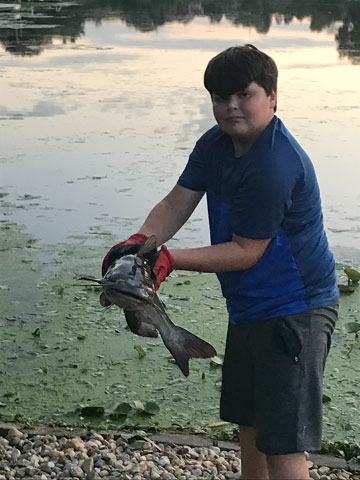
Carson’s Fishing Project
Carson’s interest in fishing began during previous trips to his grandparents’ farm in southern Missouri, where opportunities to fish in rivers and lakes are readily available. His first-hand experiences using worms and minnows for bait, and the excitement of catching a fish with his grandfather and then frying it for dinner, provided a tangible basis…
-

Inclusive Practices and Remote Learning
During the Covid-19 pandemic, some early childhood professionals have transitioned to remote learning. This has been a new way of teaching young children for many early childhood educators. While learning remotely, children with disabilities continue to require the accommodations, modifications, and support noted in their IFSP/IEPs. This toolkit will support teachers with ideas for anytime…
-
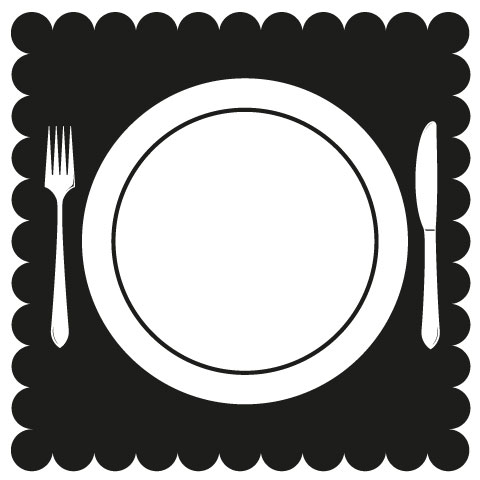
Curriculum Modifications: Environmental Adaptations
Environmental adaptations are a change to the context in which a child is working.
-
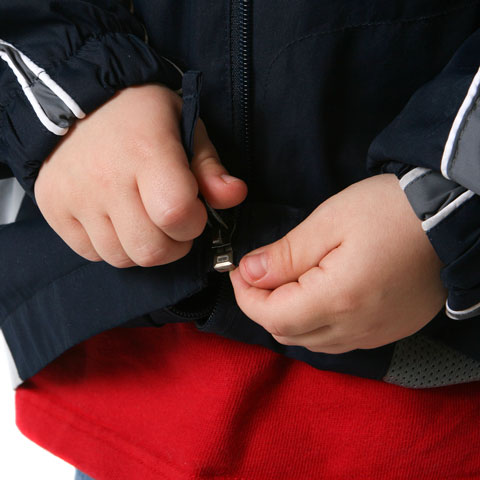
Curriculum Modifications: Introduction to a Blog Series
Today’s preschool classrooms and childcare centers have children with a variety of needs.
-
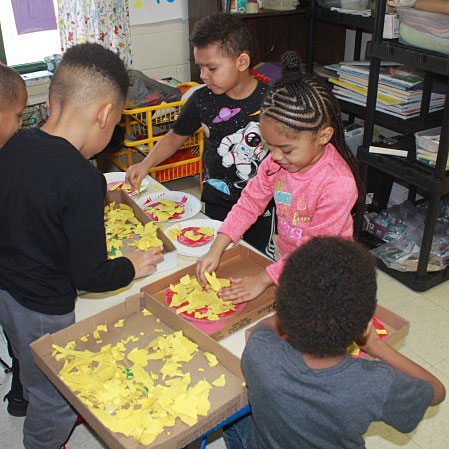
The Sharing Pizza Project
During an investigation of pizza, students in one preschool classroom honed their investigation skills and built valuable friendships.
-
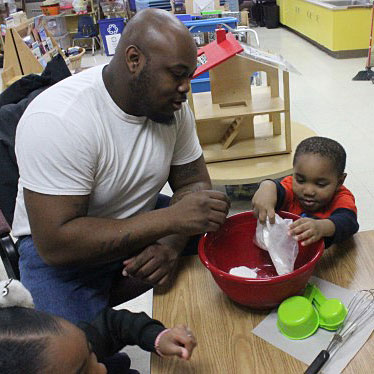
The Baking Project
A mixed-age preschool class spent a week learning about pies and concluded with an event that allowed the children to bake three different types of pies with their parents.
-
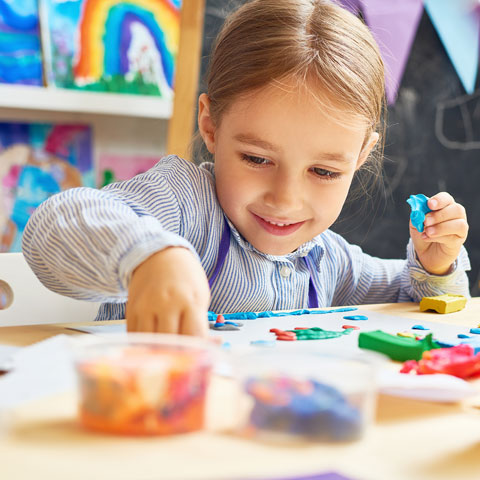
Universal Design for Learning and Project Work
Teachers who work with learners with diverse abilities, including children with disabilities, find that the Project Approach provides an optimal learning environment, or a universal design for learning (UDL). Today, many of our environments are more user-friendly for all of us because principles of universal design have been applied.
-
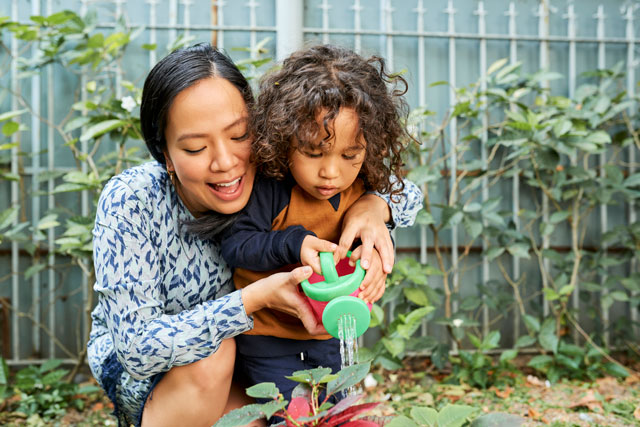
Selecting Useful Topics for Projects
Selecting a viable topic is one key to getting and keeping a long-term project going.
-
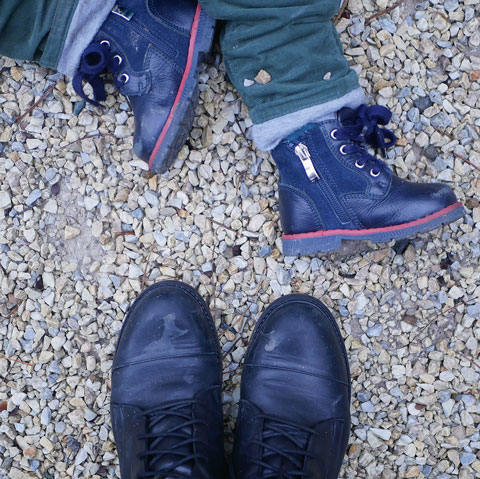
Doing Projects With Families From a Distance
When teachers are called on to work with children and families remotely, project work can be a welcome addition to the teacher’s toolbox for a variety of reasons.
-

Things to Do While You’re Waiting: Math Is Everywhere
Keep children engaged when you have to wait
-
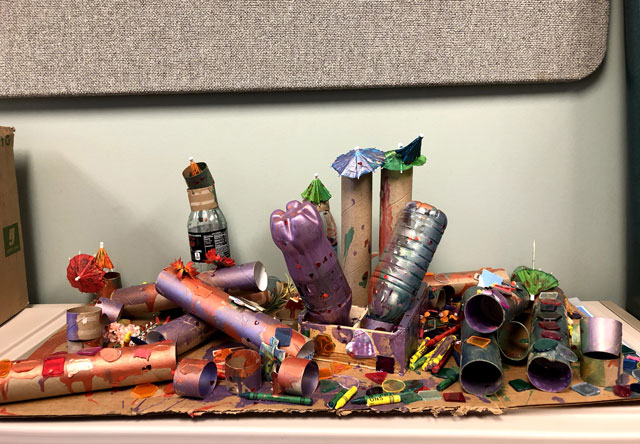
Challenge Young Artists to Create in Three Dimensions
When young children create visual art, they explore and experiment with the properties of materials. Some classic examples of developmentally appropriate art opportunities for children include drawing with crayons, painting at an easel, or creating a paper collage. These types of art experiences allow children the opportunity to explore in two dimensions of space.
-
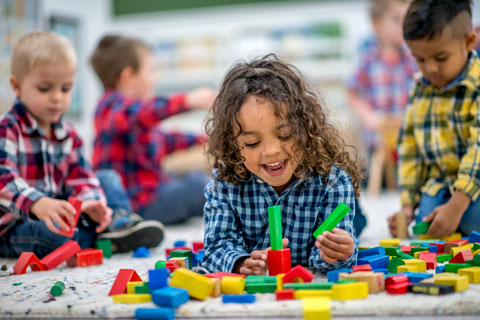
Process Play and STEAM: Getting Started
On this podcast, we are joined by Michelle Patt, an early childhood educator, consultant, and writer. Her work emphasizes STEAM (science, technology, engineering, arts, and mathematics) learning through exploration and experimentation. She writes about the integration of art and science into preschool classroom activities to encourage children’s problem solving and innovation. Michelle is preschool supervisor at…
-

Explore the Arts with Young Children
This list contains resources to help early childhood educators and caregivers plan high-quality learning experiences in the arts.
-
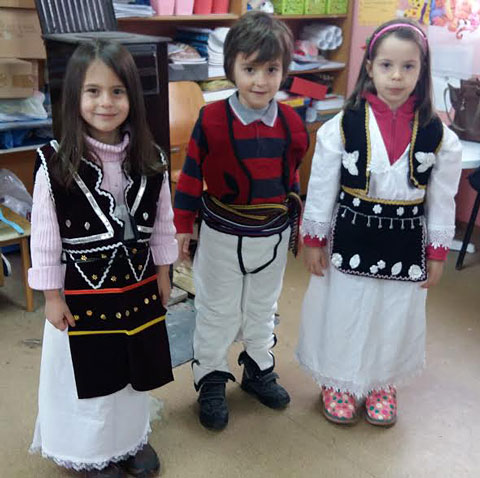
Traditional Costumes Project
Şermin Metin, Nilüfer Darıca, and Zerrin MercanHasan Kalyoncu University, Gaziantep, Turkey The Traditional Clothes Project was the result of a research study that was undertaken in Pristina, the capital and largest city in Kosovo. The aim of the research study was to provide training for Kosovan Turkish teachers to embed 21st century skills in their…
-

Explore STEAM with Young Children
This list contains a variety of resources associated with making messes while exploring STEAM for young children.
-
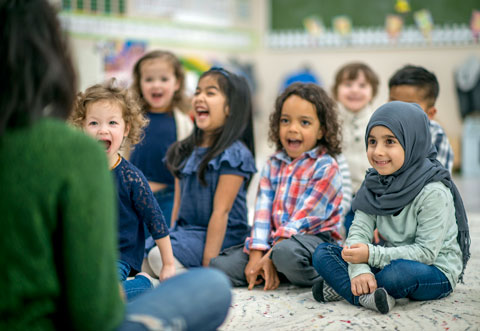
Adjusting Pace and Location of Project Work
By adjusting the pace and location of the project work to the developmental levels and experience of the children, teachers can begin to engage them in project work soon after they join the class, even at the beginning of the school year.
-
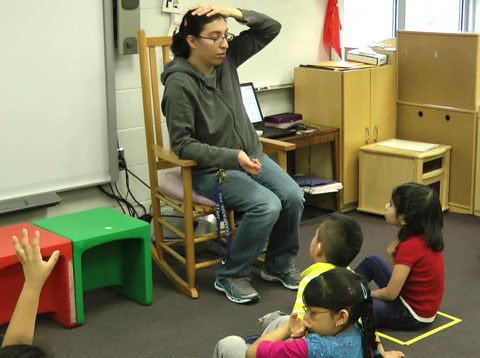
Retelling “Caps for Sale”
Children gain great comprehension and communication skills when they have the opportunity for rich discussion during read-aloud times. Stories read aloud also can provide opportunities for children to use their memory skills and retell stories with their peers and teachers.
-
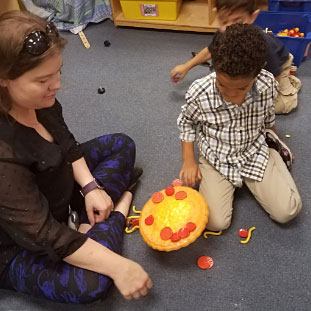
The Pizza Project: A Delicious Learning Opportunity
Sarah KuhlemeierRegional Office of Education No. 8 Preschool ProgramStephenson and Jo Daviess counties The Pizza Project was completed in a mixed-age, blended Preschool for All classroom. The classroom was an inclusive classroom with a diverse group of learners, including children with disabilities, English language learners, and children identified as at-risk. Several children had language delays,…
-
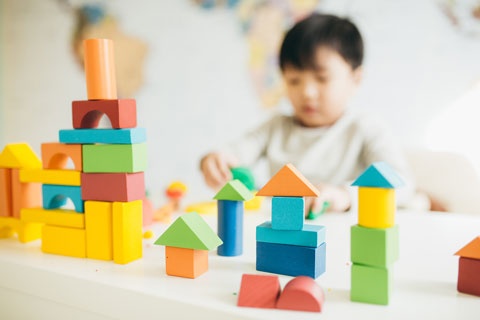
Mathematics Benchmark 10.B.ECb
This module is a innovative professional development resource for busy early childhood educators. It provides teachers with some suggested ways to help children meet the following benchmark… Mathematics 10.B.ECb: Make predictions about the outcome prior to collecting information, with teacher support and multiple experiences over time.
-
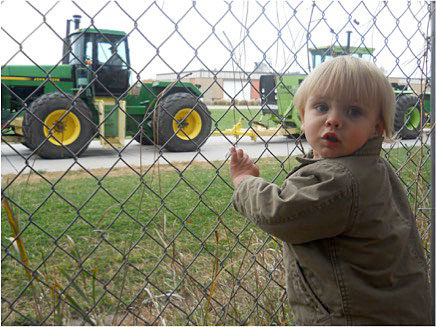
The Tractor Project: Noisy Neighbors Lead to Investigation
Erin Hamel, Mollie von Kampen, Sara Dolezal, Brianna Kennedy, Ashley McConnell, and Jordyn NikkilaRuth Staples Child Development LaboratoryLincoln, Nebraska The Tractor Project was completed in the younger classroom of the Ruth Staples Child Development Laboratory at the University of Nebraska–Lincoln. The laboratory serves children ages 18 months through 5 years old. This classroom includes children…
-
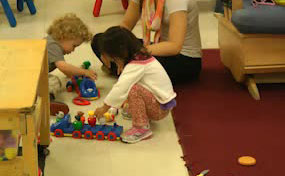
Filling the Trains
This video takes place in a toddler room of a university laboratory child care and preschool. Daniel (25 months) and Sadie (26 months) are playing with trains and putting people back into their trains. The teacher is nearby talking with them, narrates their activities, and helps Sadie to see that she needs to put the…
-
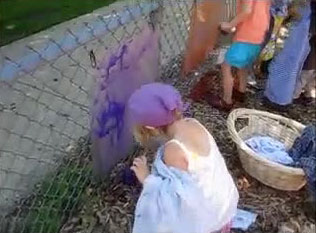
Mila Paints the Fence
This video clip illustrates some of the ways that children can meet early learning benchmarks while exploring art materials outdoors.
-
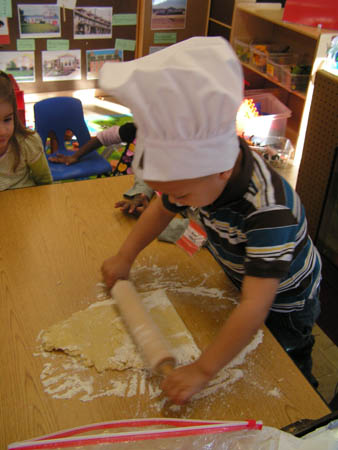
Project Work Engages Young Children’s Intellects
Extensive experience of teaching young children has suggested it is useful to keep in mind the following set of assumptions based on research about children’s development and learning. I encourage you to share these assumptions with children’s families as well.
-

Literacy across the Preschool Curriculum
Adults can combine words and pictures to create printed materials that children can easily read.
-

Natural Illinois: The Trees You See
Illinois is home to a wide variety of trees that are as close as your local park or schoolyard.
-
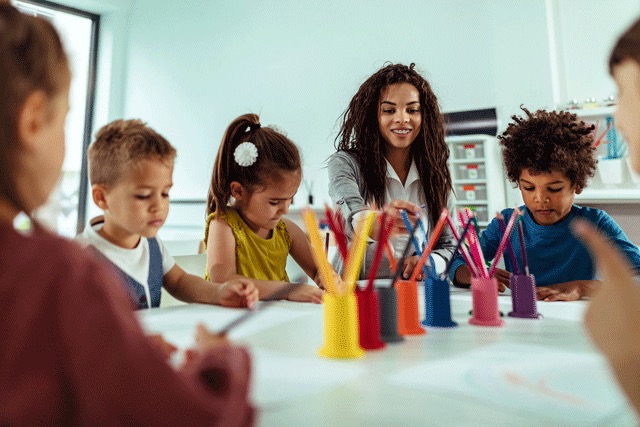
Project Approach: Anticipating What Children Might Learn
Many teachers have found the following strategies useful when planning a project.
-
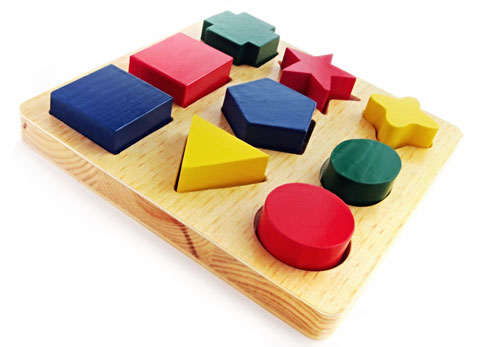
Path to Math: Geometric Thinking for Young Children
Here are some ways to engage preschoolers with geometry.
-
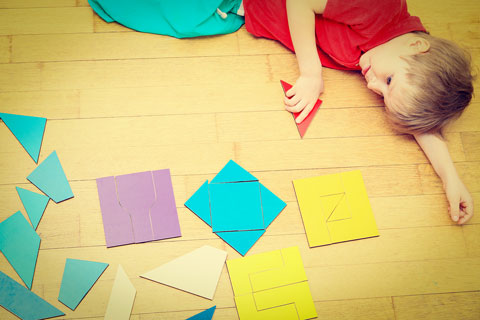
Path to Math: Classification
Children classify objects, ideas, sounds, smells, or flavors into groups (categories) according to traits they have in common.
-
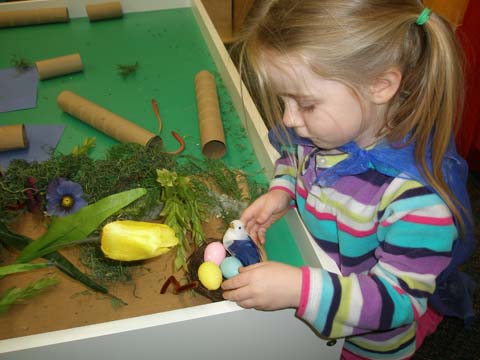
Following the Child’s Lead
Potential topics may indeed arise from a strong interest on the part of several children that is revealed in play. However, teachers can also intentionally propose project topics, or they may emerge from a thematic unit or another project that is currently under way.
-
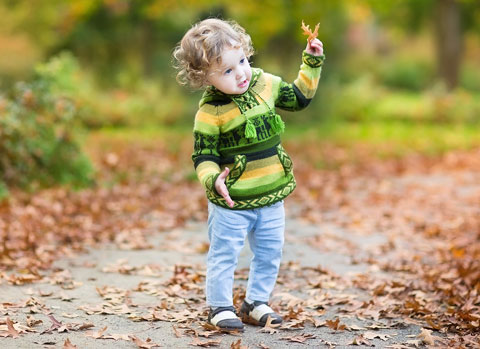
Two Approaches to Implementation of the Project Approach
In my view, there is no “right” or “wrong” way to implement projects, but I do think it is important for teachers to be thoughtful about choosing the way that is likely to be most beneficial for their particular group of students.
-
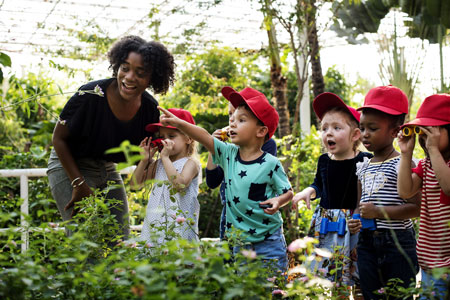
Merging the Project Approach with Other Curricula
As directors, we often feel the pressure to choose one curriculum for our classrooms, yet, as early childhood professionals, we know that every child learns in his or her own unique way.
-
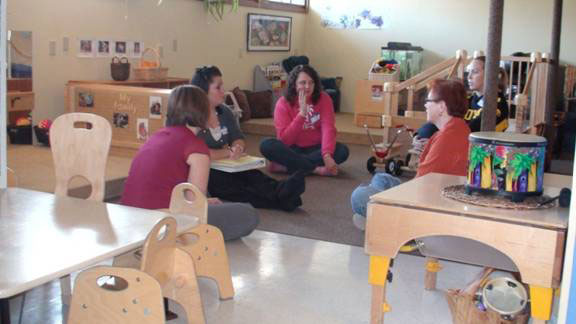
Organize High-Quality Professional Development on the Project Approach in Your Own Backyard
On a recent Saturday morning, a group of teachers, administrators, students, and faculty members met to form the Quad Cities Project Group.
-
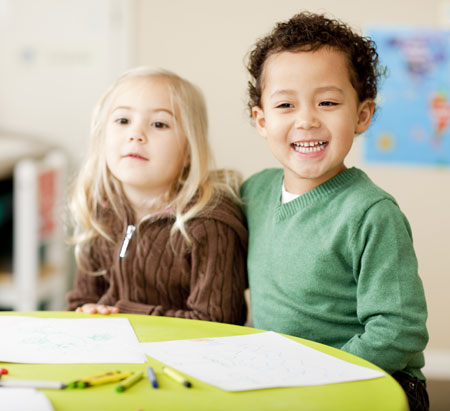
Beginning a Center-Wide Commitment to Project Work
This year, the board and staff of Zearing Child Enrichment Center in Princeton, Illinois made the decision to move to multi-age grouping in our prekindergarten classes. We made this decision based on the many benefits that multi-age grouping provides young children ages 3 to 5.
-
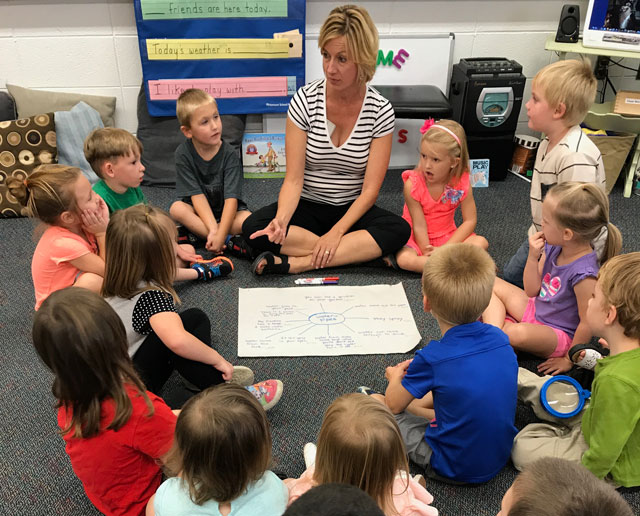
Moving from Thematic Units to Projects
As you observe the children in your class, you may notice that many of them are drawn to a particular activity that is part of your thematic unit.
-

Journey into the Project Approach
Sometimes administrators’ days fill up with one thing after another, and the importance of time escapes us. Remember that the power of learning through collaboration, support, and recognition goes a long way.
